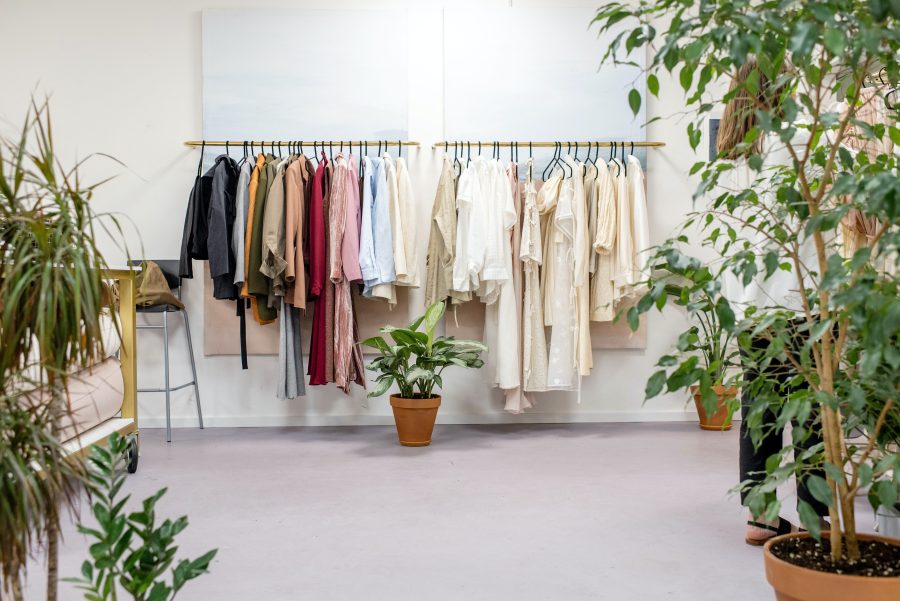Fashion is a dynamic and ever-changing industry that continuously evolves with the times. From classic styles that have stood the test of time to the emergence of contemporary trends, the world of women's clothing has seen significant transformations.
Let's explore the journey of fashion and how it has shaped the way we dress today:

- Classic Styles: Timeless pieces like the little black dress, tailored blazers, and pencil skirts have been staples in women's fashion for decades. These iconic styles transcend trends and are considered wardrobe essentials that can be found in women's clothing stores worldwide.
- Trends Through the Decades: Fashion trends come and go, reflecting the cultural and social movements of each era. From the glamorous Hollywood-inspired looks of the 1950s to the bohemian styles of the 1970s and the power suits of the 1980s, each decade has left its mark on women's fashion.
- The Rise of Fast Fashion: In recent years, the fashion industry has witnessed the rise of fast fashion, characterized by affordable and quickly produced clothing. This trend has enabled women to access the latest styles at a fraction of the cost, with women's clothing stores stocking up on constantly changing inventory.
- Sustainable Fashion: With growing concerns about the environmental impact of the fashion industry, sustainable fashion has gained momentum. Brands are now focusing on ethical sourcing, eco-friendly materials, and fair labor practices, offering women's clothing options that align with their values.
- Street Style Influence: Street style has become a powerful force in shaping fashion trends. Influencers and fashion enthusiasts showcase their unique personal style through social media platforms, inspiring women around the world to experiment and express themselves through their clothing choices.
- Embracing Diversity: The fashion industry is gradually becoming more inclusive, with a greater emphasis on diversity in size, ethnicity, and age representation. Women's clothing stores are expanding their offerings to cater to a wider range of body types and style preferences.
- Online Shopping: The advent of e-commerce has revolutionized the way women shop for clothing. Online platforms offer a vast array of options from both established brands and emerging designers, providing convenient access to the latest trends and timeless classics.
- Personal Expression: Today, fashion is more than just following trends; it's about personal expression and embracing individuality. Women have the freedom to mix and match styles, experiment with different looks, and create their own fashion narratives, making women's clothing a means of self-expression.
As fashion continues to evolve, women's clothing remains a powerful form of self-expression and an ever-evolving art form. Whether you prefer classic styles or the latest trends, women's clothing stores offer a diverse range of options to suit every taste and occasion. So embrace your personal style and celebrate the journey of fashion as it unfolds before our eyes.


